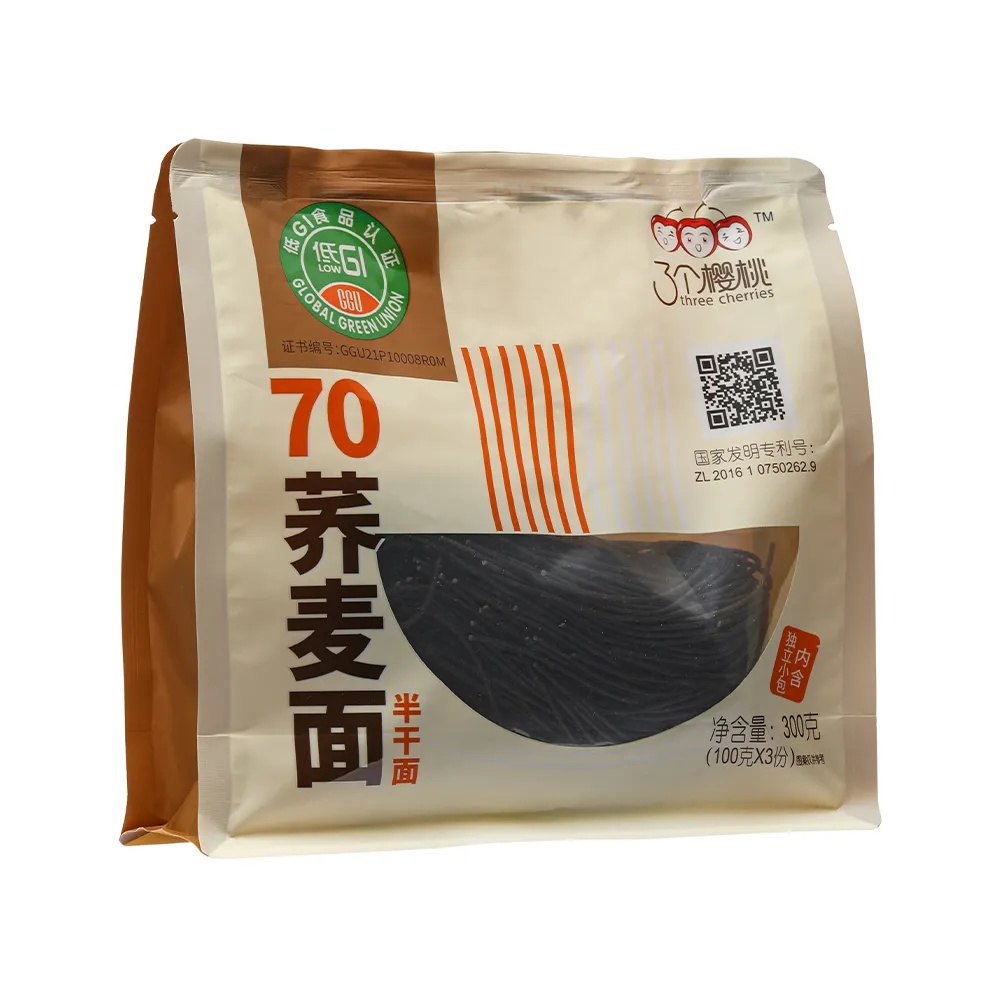handmade egg pasta
The Art of Handmade Egg Pasta A Culinary Journey
Egg pasta, or pasta all'uovo as it is known in Italy, is a delightful and versatile staple in Italian cuisine. Its rich flavor and tender texture set it apart from traditional dried pasta, making it a favorite among chefs and home cooks alike. The art of crafting handmade egg pasta is a time-honored tradition that encapsulates the essence of culinary craftsmanship, embodying a blend of culture, technique, and passion.
Making handmade egg pasta begins with a handful of basic ingredients flour, eggs, and a pinch of salt. The choice of flour is crucial, as it determines the pasta's texture. While all-purpose flour can be used, many artisans prefer 00 flour, finely milled and high in gluten, which lends the pasta a delicate yet elastic quality. The eggs, often farm-fresh, provide a rich color and luscious flavor that elevates the dish to gourmet status.
The process of making egg pasta is both methodical and artistic. It starts with the classic Italian technique of creating a mountain of flour on a clean surface. A well is made in the center of the flour mound, and the eggs are cracked into this well, along with a sprinkle of salt. Using a fork, the eggs are gently whisked, gradually incorporating the surrounding flour. As the mixture thickens, hands are employed to knead the dough, working it until it reaches a smooth and elastic consistency. This can take anywhere from 8 to 15 minutes, and the workout is often regarded as part of the joy of making pasta.
Once the dough is prepared, it is wrapped in plastic and allowed to rest for at least 30 minutes. This resting period is crucial as it allows the gluten to relax, making the dough easier to roll out. The next step involves rolling the dough thinly using a pasta machine or a rolling pin. Achieving the perfect thickness is an art form; too thick, and the pasta is chewy; too thin, and it may fall apart during cooking.
handmade egg pasta

After rolling, the pasta can be cut into various shapes, depending on the dish being prepared. Fettuccine, tagliatelle, pappardelle, and lasagna sheets are popular choices. Each cut has its own unique cooking time and pairings. For instance, fettuccine pairs beautifully with creamy sauces, while ravioli can be stuffed with a variety of fillings, from ricotta cheese to seasonal vegetables.
Cooking handmade egg pasta is a deceptively simple yet highly rewarding experience
. Fresh pasta cooks much faster than dried varieties — usually requiring just two to four minutes in boiling salted water. The key is to taste as you go, ensuring the pasta retains that perfect al dente bite.Serving handmade egg pasta is a celebration of flavors and textures. A drizzle of high-quality olive oil, a sprinkle of freshly grated Parmigiano-Reggiano, and a few fresh herbs can elevate a simple dish to new heights. Alternatively, paired with a robust ragu or a light basil pesto, handmade pasta becomes a canvas for culinary creativity.
What truly sets handmade egg pasta apart is the love and attention to detail that goes into its creation. Each batch is unique, reflecting the hands that made it and the ingredients used. The act of sharing a meal featuring handmade pasta is more than just a dining experience; it’s an invitation to connect with family and friends, to share stories and laughter around the table.
In conclusion, handmade egg pasta is not just food; it is a labor of love that celebrates the traditions of Italian cuisine. Whether you’re a seasoned chef or a curious home cook, embarking on the journey of making your own pasta is a fulfilling endeavor that rewards with every delicious bite. So roll up your sleeves, gather your ingredients, and dive into the delightful world of handmade egg pasta — a culinary experience that promises to be both enriching and enjoyable.
-
Authentic Fried Sauce Noodles: Savory, Satisfying, & Easy!NewsAug.28,2025
-
Wholesale Ramen Noodles SuppliersNewsAug.27,2025
-
Organic Soba NoodlesNewsAug.27,2025
-
Organic Ramen Noodles BulkNewsAug.27,2025
-
Improving Foodservice: A Wholesale Buyer’s Guide to Fresh PastaNewsAug.27,2025
-
Dragon Chuka Soba NoodlesNewsAug.27,2025
-
A Timeless Treasure of Northwestern ChinaNewsAug.27,2025
Browse qua the following product new the we







